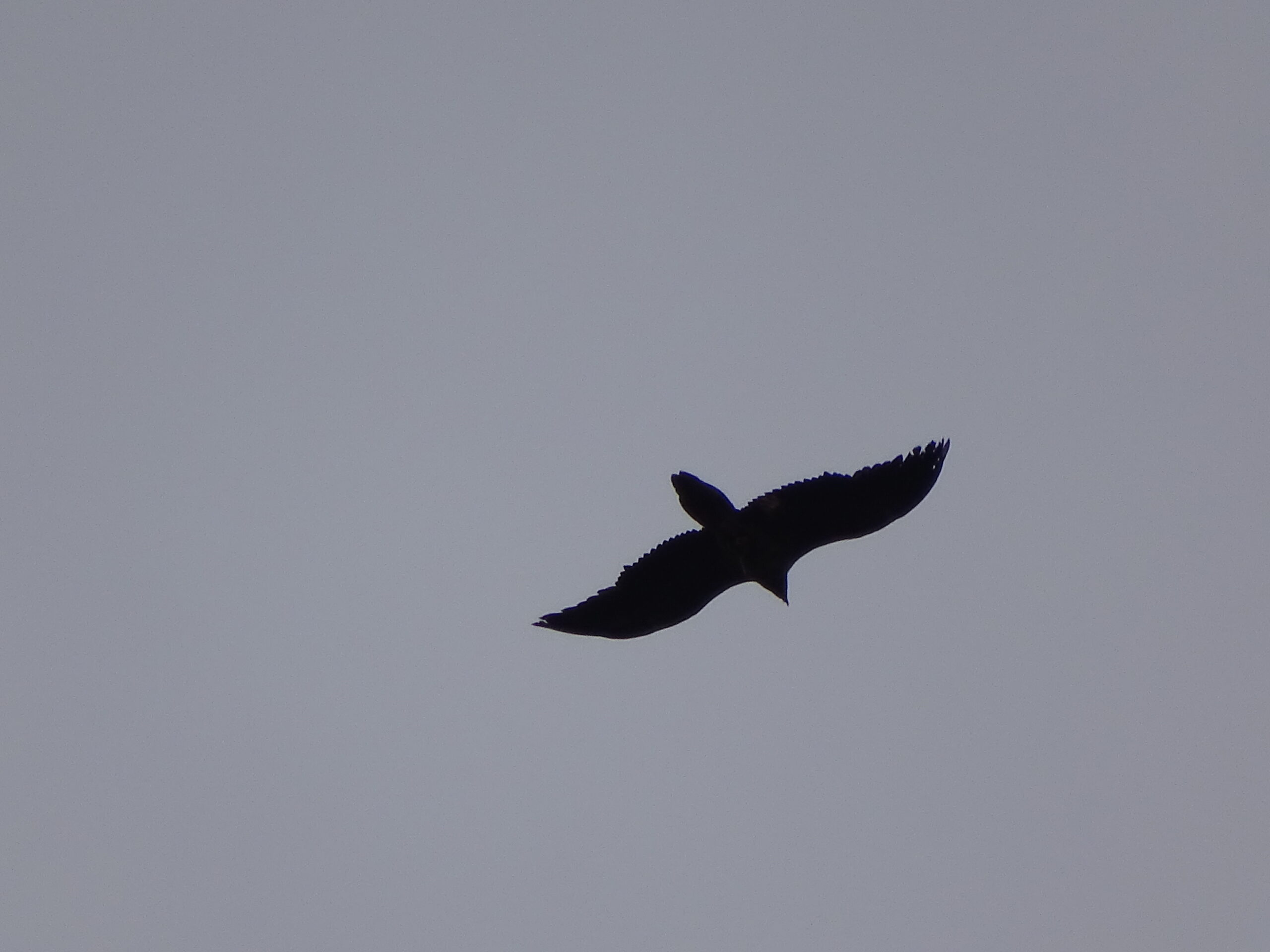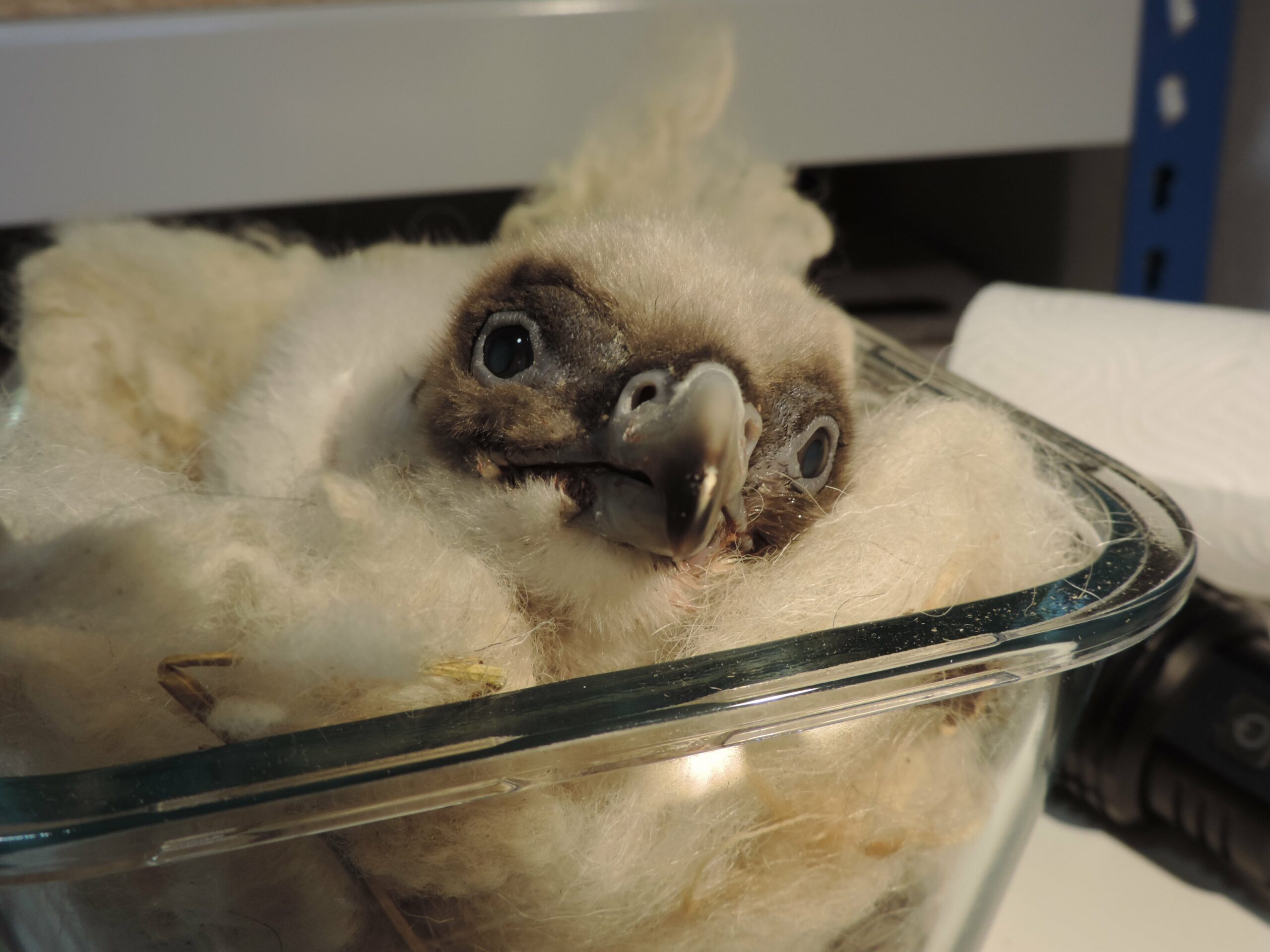The island of Crete in the eastern Mediterranean has one of the few autochthonous populations of bearded vultures in Europe, and one of only two island populations in the world (the other being Corsica).
Bearded vultures were probably never abundant on Crete, as they are associated with the most rugged peaks and alpine habitats of the mountains interior of the island, where they feed mostly on the carcasses left in the mountains from the still abundant herds of goats, sheep and cattle.
The species has been legally protected since 1979, but in the late 90s and early 2000s its situation was fragile, with only 4 breeding pairs, and often poor breeding success (between zero and 2 fledgling per year registered between 1996 and 2004). However, the population has been slowly recovering since then, and this year there were a total of 7 breeding pairs, of which 5 started to breed, and all of them fledged a young – 100% breeding success and a productivity of 0.71 chicks per pair, one of the highest ever registered!
This improvement in the status and population of the bearded vulture in Crete is no doubt in large part due to the conservation attention and efforts of the Natural History Museum of Crete (NHMC), which has been working with the species since 1995, and has implemented two LIFE projects to try to secure a sustainable future for Crete´s bearded vultures.
The future looks now more positive for this species. Apart from the 7 breeding pairs, there are a further 6 solitary adults occupying territories – we hope some of them will pair up with some of the offspring from previous years in the future. Further, shooting of raptors is now rare on the island, and the poison situation is also under control – well done colleagues from the NHMC, and we hope we can still see this magnificent vulture in the deep blue skies of Crete for centuries to come!




